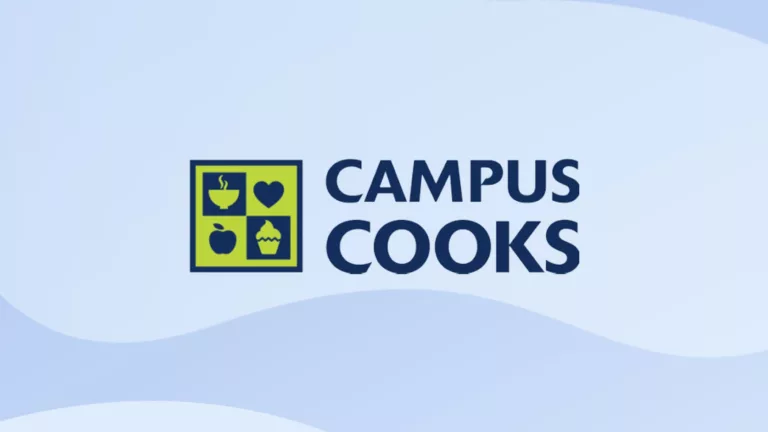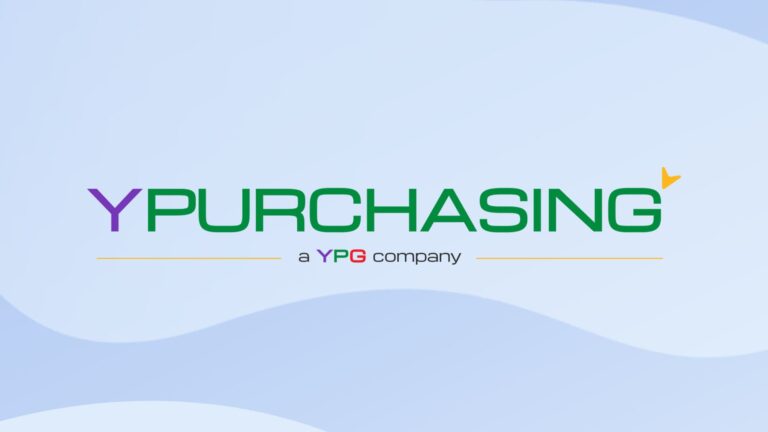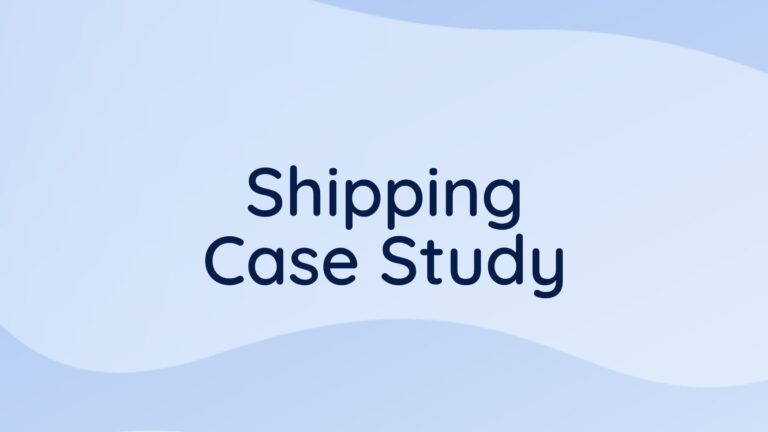
Purchasing Groups versus Group Purchasing Organizations
Discover the differences between purchasing groups and group purchasing organizations and learn which is best for your business.
By Mackenzie Oakley | August 20, 2020
If you’re looking to increase your buying power and strengthen your negotiating position with suppliers, you might consider joining a group purchasing organization. Alternatively, you could join a purchasing group.
Wait, what? Is there even a difference?
Let’s find out.
What is a purchasing group?
A purchasing group is a group of organizations that have banded together to scale economies and increase their purchasing power with suppliers.
For example, imagine that a procurement team at an eCommerce business has been directed to buy a fleet of delivery vans. Working alone, the organization has to pay the suppliers’ full price for the vans because they simply can’t purchase enough units to activate any sort of discount.
But, by joining with a group of six other organizations to purchase a bulk order of vans, the eCommerce provider gains access to a bulk discount through increased purchasing power.
Cost savings aren’t the only benefit, though. In this example, it wouldn’t make sense for each of the six organizations to go through the procurement process for the vans such as supplier discovery and selection. Instead, only one of the six organizations does the work, then goes to the others for their approval.
Similarly, only one member of the group will need to negotiate with the chosen supplier, saving valuable time for the five other members.
Purchasing groups can increase a company's buying power but a group purchasing organization can bring more to the table in terms of cost savings and value.
Structures of purchasing groups
Purchasing groups can come in many shapes and sizes.
For example:
- They might only come together for a one-off purchase (say, a large order of PPE during the COVID-19 crisis) and then disband.
- Purchasing groups may exist for decades, adding members over time.
- They could be industry-vertical (buying equipment specific to a single industry like healthcare, for instance), or could be horizontal to cover multiple indirect categories like travel, stationery, or temporary staffing.
- Purchasing groups might have a “lead” organization that does the groundwork (such as supplier discovery), or the workload might be shared around the group.
- Group members may share best practices amongst themselves.
While the members of a purchasing group come together to undertake group purchasing, this is not the main job of any of its members.
What is a group purchasing organization?
A group purchasing organization is similar to a purchasing group in intent, but the key difference is that group purchasing is its core business. GPOs leverage the collective buying power of their members to obtain bulk discounts from suppliers and retailers.
Here’s Una’s definition:
A group purchasing organization (GPO) is a platform that allows any business to join a group of other buyers who are interested in the same products and services.
GPOs motivate suppliers to give their members discounted pricing. Una members save an average of 18%-22%. They also save time and effort, removing the headache of gathering data, interviewing vendors, selecting suppliers, and negotiating contracts.
Like purchasing groups, there are horizontal GPOs (spanning all markets and industries) and vertical GPOs (serving a niche segment of an industry such as dental or veterinarian).
Benefits of joining a GPO
Benefits of joining a group purchasing organization include:
- Negotiated contracts with top suppliers are already in place, saving months-long RFP processes.
- Group purchasing is a GPO’s main job, which means GPO staff have greater expertise in bulk purchasing than any single member of a Purchasing Group.
- GPO members do not have to search for other organizations to join their buying group. Rather, GPOs like Una grow steadily over time, increasing their buying power as more organizations join.
- Member organizations have a single point of contact (the GPO) rather than needing to communicate with multiple group members.
- GPOs tend to offer more than bulk discounts and increased negotiating power, with support services including spend analysis, advice, and advocacy.
- The workload itself is done by the GPO rather than by a “lead” member of a purchasing group.

How do GPOs make money?
Banding together informally with other organizations is free, but engaging a service like a group purchasing organization must cost money, right?
It depends on how the GPO makes money.
Some GPOs collect administration fees from their members. Others will collect fees from the suppliers, and some may do both. It’s possible that some GPOs require members to maintain a certain level of purchasing volume while others do not.
At Una, we have a structure put in place that enables us to keep our program free for members. When a purchase is made, we are paid an administrative fee from the supplier. We use that fee to fund our services which means we never charge a membership fee. Likewise, we do not require a certain purchasing requirement to participate in our program.
Before joining a GPO, we suggest doing your research to ensure you fully understand the parameters ahead of entering into a membership agreement.
Procurement professionals are able to implement a variety of strategies when it comes to building a cohesive approach to sourcing, including utilizing group purchasing to save more money, time, and effort.
How GPOs and purchasing groups can work together
If you’re in a purchasing group, you will already have experienced the game-changing power of volume purchasing. But a GPO can do more in terms of bringing cost savings and value to the table.
By partnering with a GPO like Una, you can access $100 billion in buying power along with our team of expert Sourcing Advisors who take the reins when it comes to supplier relationship management and contract negotiations.
A purchasing group may work best in certain categories, but when it comes to indirect spend or tail spend management, utilizing GPO services is a great way to create value from spend that might otherwise be left untouched. We’re equipped to do the heavy lifting for you and our pre-negotiated contracts are designed to save you money, time and effort.
Discover how you can get the most value out of your GPO relationship by downloading our free playbook below:






